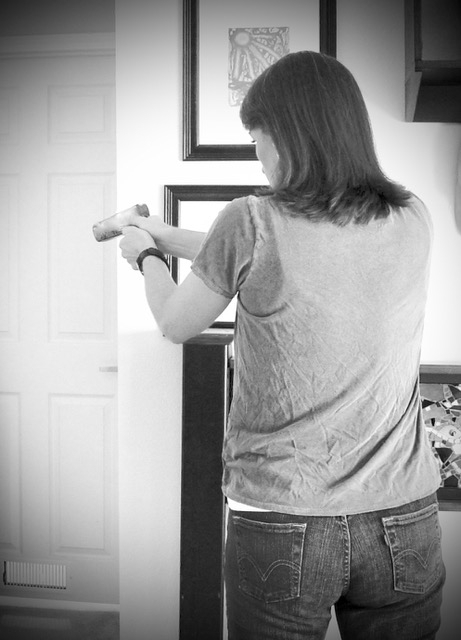 |
Competing in a match and defending against a violent attacker are two completely different applications of your firearm. No matter how seriously you approach it, competition is a game. You get to go home at the end of the match. In self-defense, your performance, the ability to solve the problem, is the difference between going home, or not.
In a match you know where the targets are, where you’re expected to fire from and the required number of shots. Hopefully your hits are good, but accuracy, good or bad – the points you earn – is dictated by lines on the target and of course, time is a factor. You can go fast, get decent hits and still place well in the match.
Engaging a threat is completely different. First, it’s normally a sudden event, with little or no warning to prepare for the confrontation. The threat(s) may be difficult to locate and identify. You shoot until getting the desired response – the threat leaves or you get the opportunity to disengage. Ultimately the threat determines how “accurate” the hits are. You may get a marginal hit in the arm or leg, and that ends the fight. Or, you have to place multiple hits in different zones of the body. Again, the threat lets you know when you’ve fired enough rounds.
Yes, in a fight time is a major consideration, but not in the way you might think. The “time” we’re concerned with is how long it takes you to make decisions, and then act. Determining what needs to be done, and choosing to actually perform those actions must be done in an expedited fashion. This allows you to draw, get to cover, issue verbal commands – which are not required in a match – and if necessary get ready to fire without feeling stressed. Once you stress out and get into a hurry, trying to go fast, your rendition fundamentals will be full of mistakes. Efficiency just left the building. And the more time it takes to stop the threat, the more dangerous it gets for you.
During a match you’re not going to need to initiate an unarmed response against the attacker in order to create time for you to draw your weapon. There’s no worry about the threat attempting to disarm you. You’re not going to have to continue to fight, possibly with only one hand or arm after being hit, stabbed, or shot. The range is a controlled, safe environment where everyone plays by the rules.
In real life and death encounters there are no rules. In fact, cheating is highly recommended. It ain’t “playground” rules. You do everything and anything possible to gain an advantage over your opponents. And the unexpected – which rarely happens during a match – occurs constantly.
There’s nothing wrong with shooting competitive matches. Any shooting is good shooting, as long as you keep it in perspective. Keep in mind, there are competitive skills and techniques that are unsafe for self-defense. Be very careful not to develop any bad habits. The best way to prepare for self-defense is to focus on that specific art, developing your skills until there’s no way you’re going to get it wrong.
Tiger McKee is director of Shootrite Firearms Academy, which is celebrating its twenty-fifth anniversary. He is the author of The Book of Two Guns, AR-15 Skills and Drills, has a regular column in American Handgunner and makes some cool knives and custom revolvers. Visit Shootrite’s Facebook page for other details.